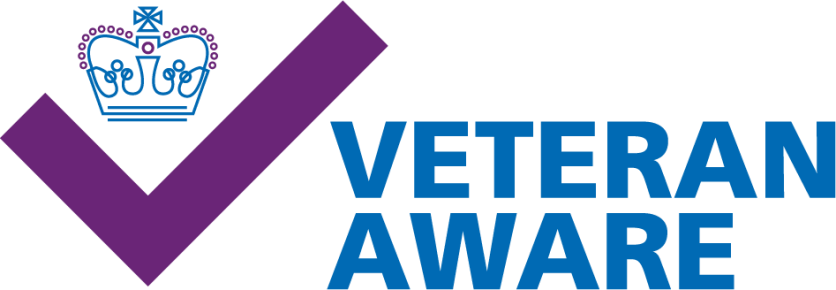Patient Information Leaflets by category
Letter - C
- Cancer leaflets
Acute Oncology
Breast Patient Information Leaflets
Chemotherapy
Colorectal
Radiotherapy
Gynaecology
Paediatrics
Soft tissue tumours and Sarcoma
Skin Radiotherapy Treatment
Upper GI
Urology
Palliative Care
Skin Cancer
Ribblesdale Ward Inpatients
- Cardiology Leaflets
- Carers
- Child Health Leaflets
- Critical Care Leaflets







